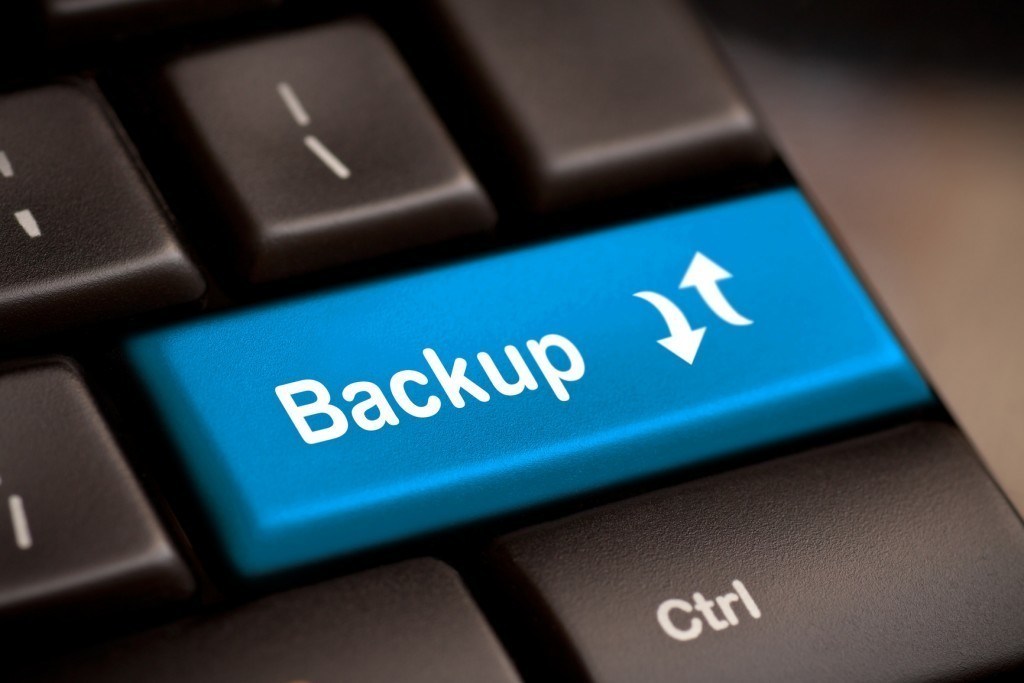4 Reasons Why A Disaster Recovery Plan Is Important For Businesses?

Unfortunately, many businesses either don’t have a plan written up, or the plan they’ve formulated is inadequate for their needs. For example, Nationwide’s Small Business Indicator survey showed that over two-thirds of small businesses lack a written plan, delaying their recovery from natural disasters. And of course, natural disasters aren’t the only kind that businesses […]
Disaster Recovery Colocation

If a sudden disaster left your business inoperable, a good option would be disaster recovery colocation. This method involves the migration of your data center operations to a colocation service provider. Some of the Benefits Remote Location: Moving your network, data storage, servers and other equipment to a remote location allows you to reduce overhead […]
Initiate Disaster Recovery Procedures Before Hurricane Season Begins

Although the official timeline for tropical storms in the United States only lasts from June 1 through December 1, savvy businesses up and down the East Coast in the Gulf States know that business preparations in the event of a tropical storm or hurricane hitting your area are an ongoing process. As 2015 heads towards […]
Winter is Here: Time to Revisit Disaster Recovery

What happened in Buffalo is a reminder to all businesses to practice disaster recovery. Businesses in Upstate New York that had a disaster recovery plan will have had an easier time recovering from the colossal snow storm. It’s difficult to imagine the difficulties facing the businesses that didn’t have a proper strategy. For those who missed […]

